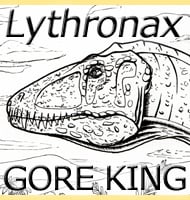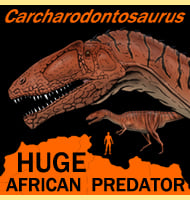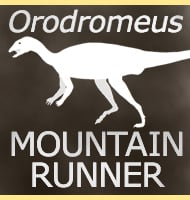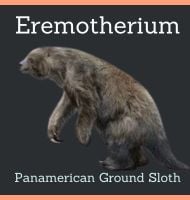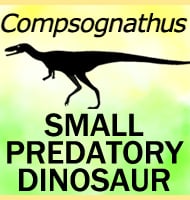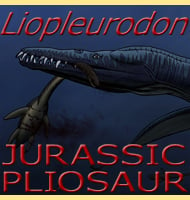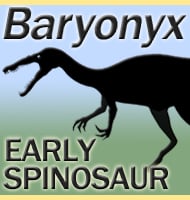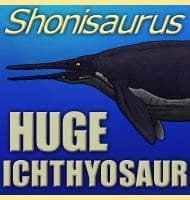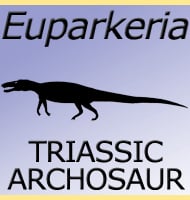In Depth
At the time of its description, Mymoorapelta was the first Jurassic aged ankylosaur to be discovered in North America. Since this description however, other have questioned exactly what kind of ankylosaur Mymoorapelta was. Mymoorapelta does not have a tail club like ankylosaurids, meaning that it was more likely a nodosaur. The original describers considered Mymoorapelta to be a polacanthine nodosaur, while other studies suggest it is a more basal nodosaur.
The armour of Mymoorapelta was intended to provide protection from Jurassic age predators such as Allosaurus and Saurophaganax, which may have left living Mymoorapelta alone in favour of hunting ‘softer’ targets such as ornithopods like Camptosaurus. However, evidence of Allosaurus attacks on other kinds of armoured dinosaurs such as Stegosaurus suggests that nodosaurs like Mymoorapelta may have also been bothered by theropods from time to time.
In 1998 another nodosaur named Gargoyleosaurus was also named from fossils recovered from the Morrison Formation.
Further Reading
- North America’s first pre-Cretaceous ankylosaur (Dinosauria) from the Upper Jurassic Morrison Formation of western Colorado, J. I. Kirkland and K. Carpenter - 1994. - Phylogeny of the ankylosaurian dinosaurs (Ornithischia: Thyreophora, Richard S. Thompson, Jolyon C. Parish, Susannah C. R. Maidment & Paul M. Barrett - 2011.

